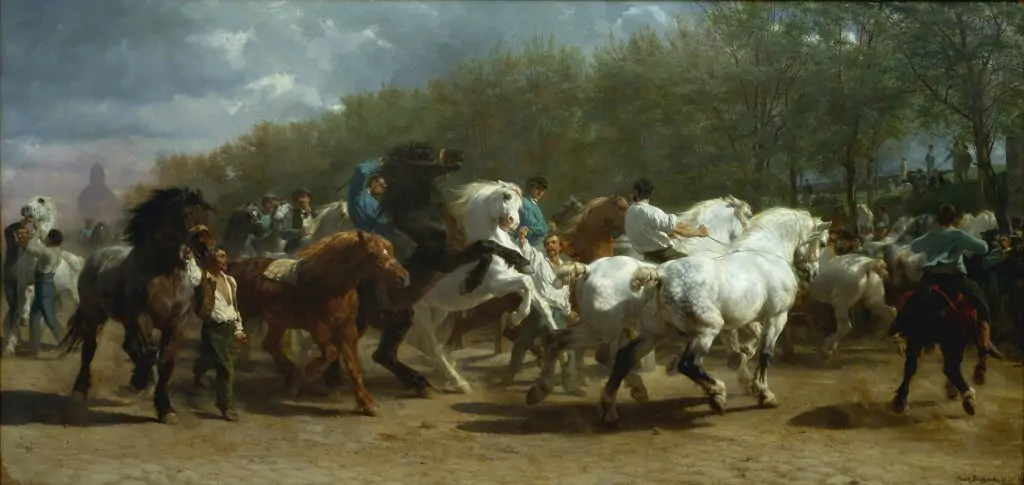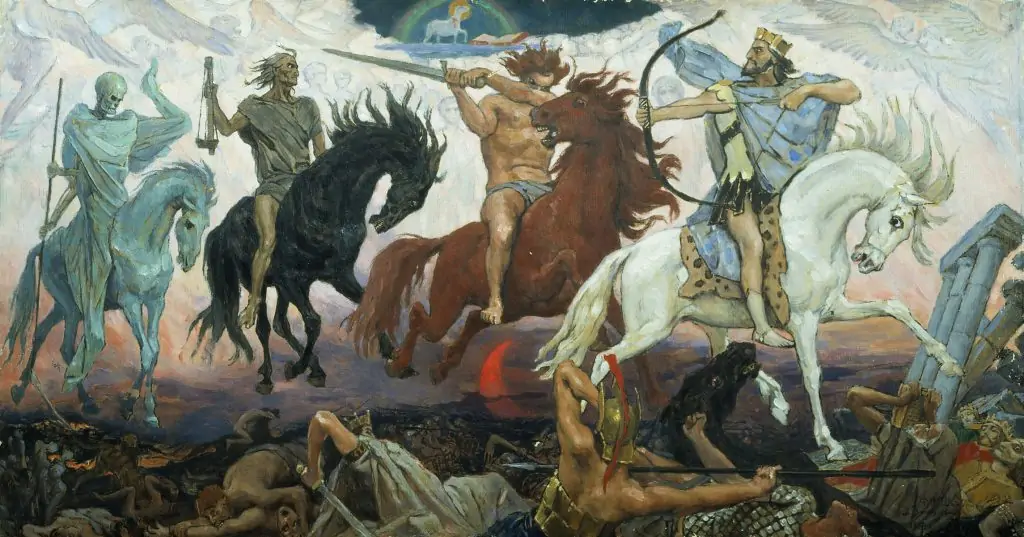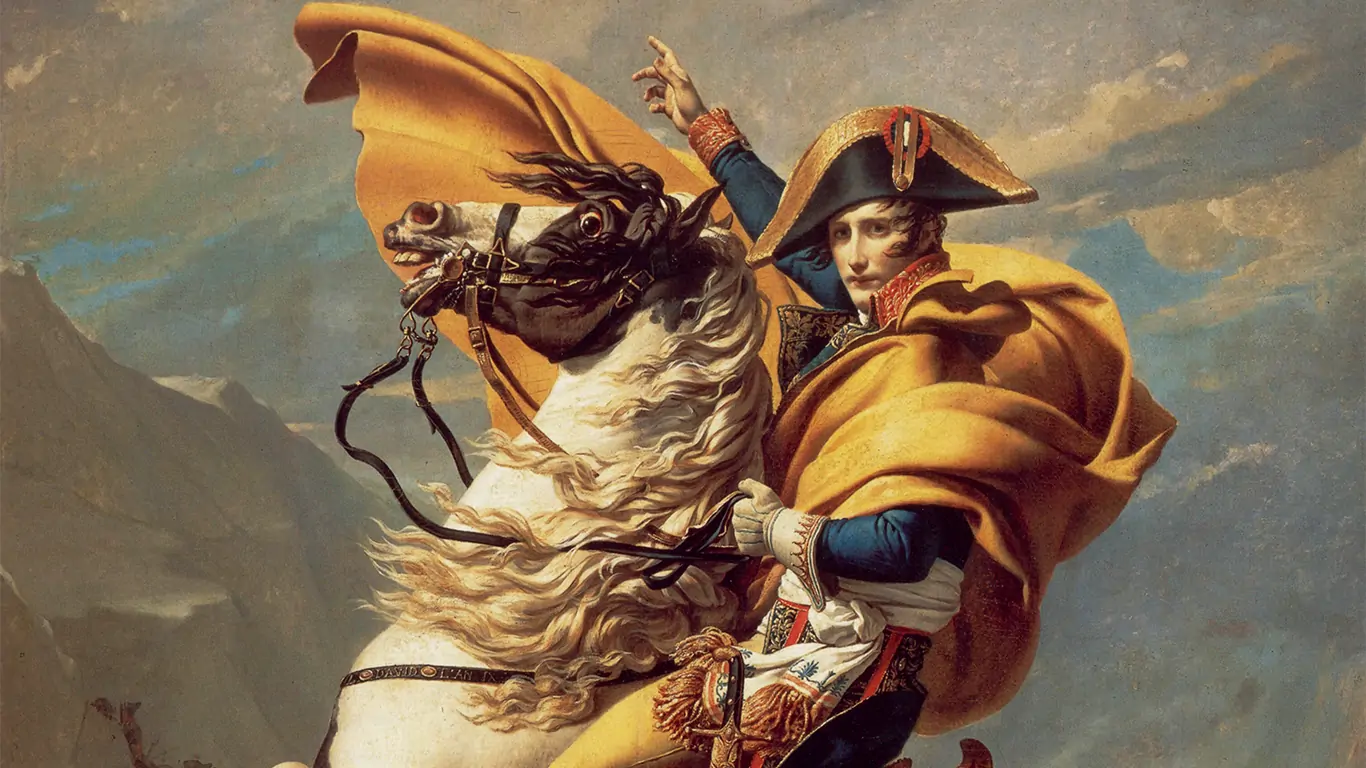Few animals are as crucial to humankind’s success as horses. Horses were key in the best and worst of history. From the rise of empires to the fall of kingdoms, horses have been around to work as our partners, companions, means of survival and, of course, our transportation. For roughly 6,000 years, these animals have been by our side. Because of the importance they hold in our history, it should come as no surprise that horses have been immortalised in many different forms of art. In this article, we’ll explore what horses have traditionally symbolised in art over the centuries.

The first depictions
Some of the first depictions of horses come from the Lascaux cave complex. Located in France, the artwork scrawled on the cave walls dates back to 15,000 BC. Horses make a prominent appearance here, accounting for roughly 60% of all animals identified in the complex. Their galloping gate was a favourite subject for the artists, depicting freedom and the ability to veritably fly across the grasslands without a second thought. In the painted images, horses were also a sign of progress and
domestication, although they wouldn’t be officially domesticated until much later.

Medium Oil on canvas
Military horses
Horses did not disappear from history after the prehistoric images in the Lascaux cave complex. On the contrary, artists only enhanced their techniques and became even better at creating realistic art. The Ancient Romans, in particular, often commissioned images and statues of their greatest military leaders on horseback. In the art from this time period, horses were seen as an extension of power and influence. The most effective warriors were those on horseback, and commoners and nobility alike were often in awe of the animal’s majestic appearance.
The Ancient Romans were far from the only war-focused empire to value horses, of course, and their importance in battle as well as out of it was frequently immortalised. Still, most of the artwork created during this time included horses only as a secondary subject. They served to emphasise the grandeur of a military officer, for example, and it was not common to have artwork entirely dedicated to the
animal.
The showstopper
Around the 17 th century, artists began depicting horses as solo subjects. That meant that they could dedicate entire pieces of artwork specifically to horses without needing to include any other animal or human. In this period, horses became symbols of wisdom and freedom. They were also commonly depicted with extremely expressive poses and expressions, allowing viewers to connect to the animal.
For the past several centuries, horses have symbolised many different things in artwork. The aforementioned symbols of freedom and wisdom, for example, are some of the most popular, but they have also served as beacons of hope and progress over the years. Eventually, horses stopped being seen as extensions of military men and rugged cowboys and began being depicted as athletes.

Horses as athletes
Today, horses are seen as athletic animals. Their strength and agility are often considered unmatched, and it is not unusual to see them lauded in public. One of the areas where they receive the most attention is horse racing. From the 1800s on, the United Kingdom has been home to a vibrant horse racing culture that elevates horses to veritable athletes guided by jockeys. Race horses, from starting favourites to the last horse to finish, are revered, and hundreds of people around the world tune in to even the smallest of televised and streamed events. The art that depicts these horses
has shifted to largely realistic, rather than romanticised, paintings, sketches and photographs.
What do horses really symbolise?
Horses don’t symbolise one specific thing. As we’ve discussed above, they have represented everything from hope and valour to freedom and wisdom over the past thousands of years. The best way you can decipher what horses in your favourite piece of artwork are supposed to symbolise is to take a look at the context, including when and where the art was created. A statue from Ancient Rome, for example, probably depicts the horse as an extension of the military. Modern art, on the
other hand, might emphasise the horse as an athlete of its own. What do you think about the progression of horse artwork over the years? There are thousands, if not
millions, of pieces of artwork featuring these majestic creatures, and many of them have been posted online in some fashion. Take some time to find your favourite!





